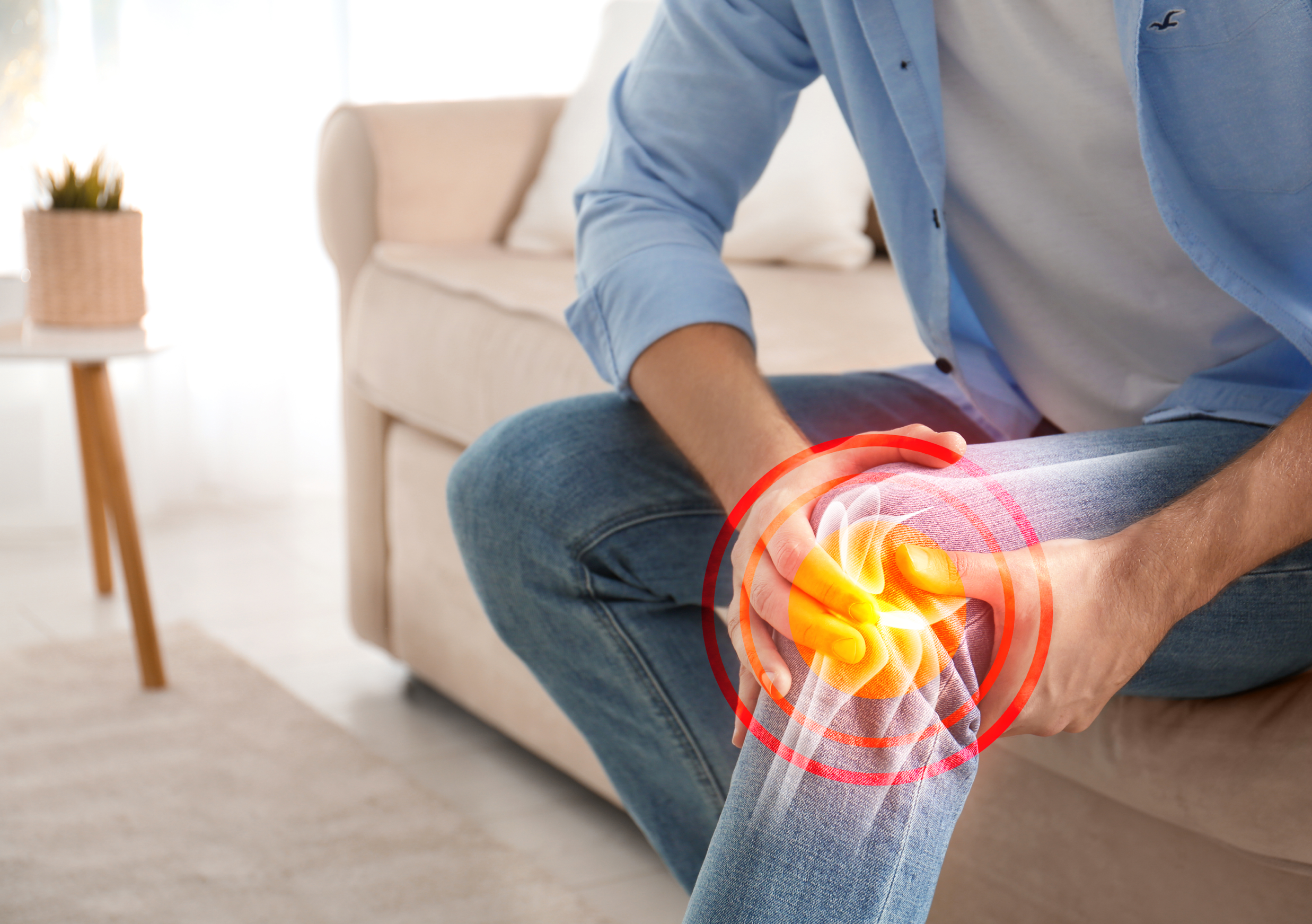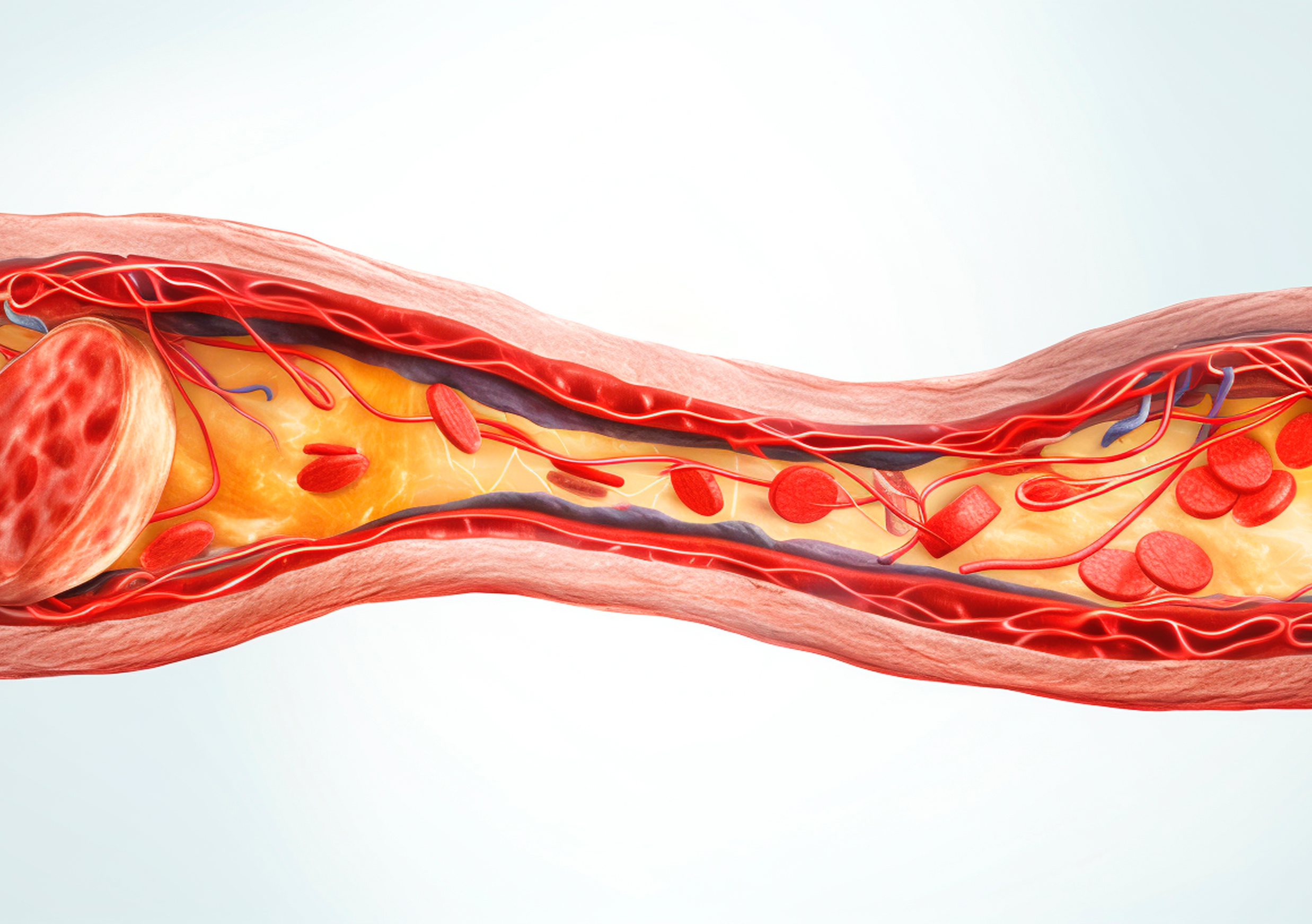Intraoral Camera or IOC is a tool in the size and shape of a pen that dentists use to look at various parts of your mouth more closely and giving a unique view of each tooth as an alternative to using a mirror, and it is covered with a disposable sheath, to ensure that no germs are transmitted from patient-to-patient.
Connected to a computing unit at the side of the dental chair; the slim wand of the IOC is inserted into the mouth and rotated until clear pictures of every tooth can be recorded, and then the images are transmitted onto a television screen in movie format.
With faster diagnosis and less chair-time for our patients; the benefits of the Intraoral Camera may include easily detecting complications, such as tooth decay, periodontal disease, and tooth damage, without the patient keeping the mouth open for a few hours, helping diagnose oral health issues from the beginning in a preventive procedure while the biggest advantage is that it does not expose patients to radiation.
Intraoral Camera was first introduced in 1989 and is now widely used in dental offices, and it is not only used for diagnoses purposes; but it can also be used to track the success of treatment, whereas images can also be sent to other dentists and specialists in order to get a better understanding of the dental condition, thus accomplish the optimal treatment needed for each patient.
The Department of Dentistry At Al Salam Hospital provides clinical care for children and adolescents with simple and complex medical and dental problems through a patient-centered approach that focuses on disease prevention and management, while using the latest dental equipment for providing preventive, restorative and some orthodontic services under local and general anesthesia along with routine dental care through a professional team experienced in various fields of dentistry who treats rare oral difficult-to-treat or difficult-to-diagnose conditions.
References:
- Impact Dental Care, 2021
- Glenview Dental Associates
- National Institute of Health, 2019






